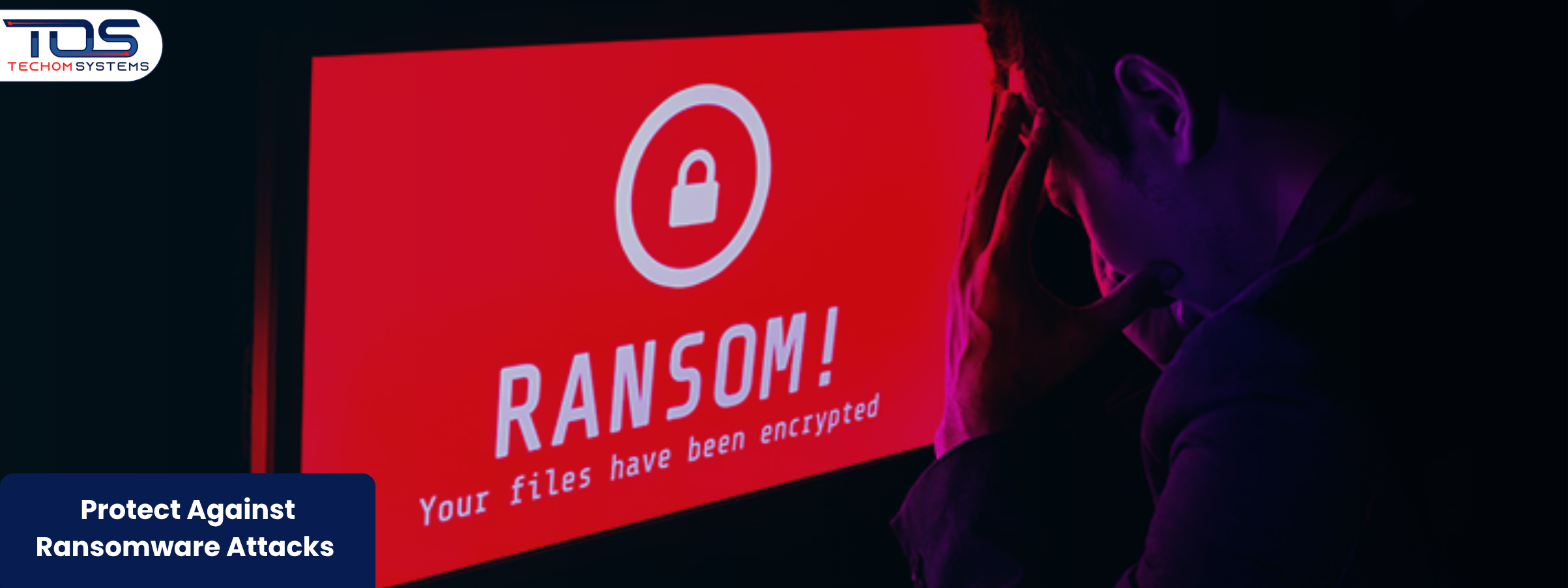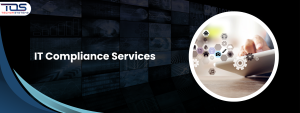Summary: In this blog, I will guide you on how to protect against ransomware attacks effectively. You will learn what ransomware is, why it is dangerous for businesses, the role of IT audit consulting services in securing systems, steps to safeguard your data from malware and practical actions you can take today.
By the end, you will have a clear plan to protect your business and keep your data safe. To make sure your systems are fully protected, take the next step and book a free consultation with TECHOM Systems today to protect your systems before it is too late.
Are You Really Safe From Ransomware Attacks?
Have you ever wondered how safe your business really is from ransomware attacks? I have seen many businesses who think their systems are secure until they experience a sudden ransomware attack and realize how vulnerable their data and operations were.
The problem is that many businesses do not know where their weak spots in IT systems are. Hackers can exploit these gaps to lock files, steal sensitive data or demand ransom payments. I have seen companies lose days of work and thousands of dollars because they were unprepared.
The solution I suggest is to take proactive steps to protect against ransomware attacks. One of the most effective ways is to use IT audit consulting services, which help you find weak spots in IT systems and implement strong security measures.
By auditing your IT systems, you can prevent device hacking, secure your sensitive business information and reduce the risk of data breaches in business systems.
I always advise businesses to act before it is too late. A simple step is to book a consultation with TECHOM Systems at hello@techomsystems.com.au today to assess your current IT security and get expert guidance.
What Are Ransomware Attacks and How They Threaten Your Data?
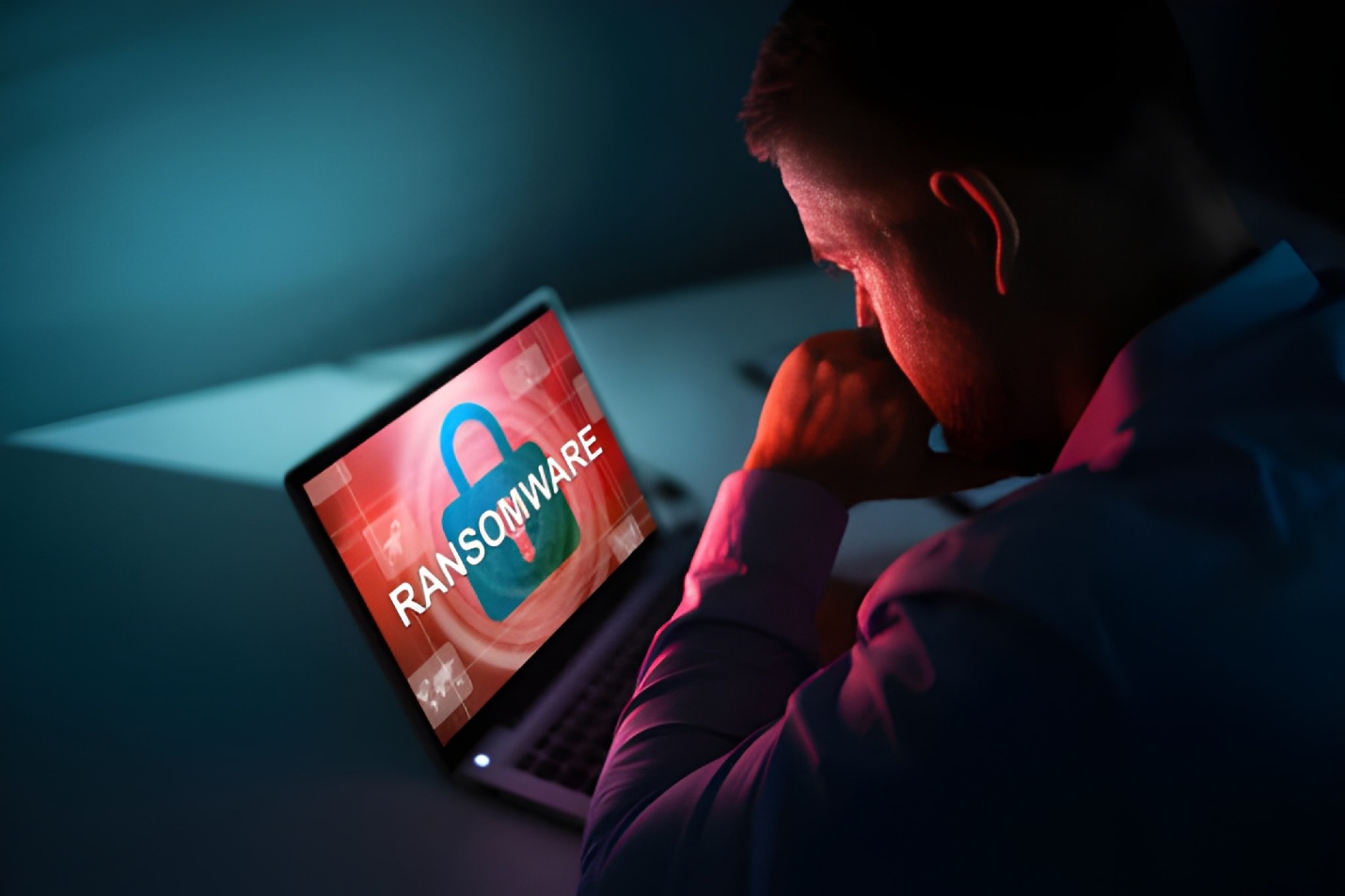
Ransomware is a type of malware that hackers use to lock your computer or business files. Once your data is locked, you cannot access it until a ransom is paid. Hackers often use strong encryption to hold your information hostage and demand money in return.
Ransomware attacks can be especially risky for businesses, schools, hospitals and other organizations that rely on their data to operate daily. If the ransom is not paid, it can lead to permanent data loss or exposure of sensitive information. Here are the most common ways ransomware can get into your systems:
- Phishing emails: Hackers trick users into clicking malicious links or attachments.
- Visiting unsafe websites: Corrupted sites or drive by downloads can install ransomware automatically.
- Malicious files or attachments: Downloading infected documents or files from unknown sources.
- System and network vulnerabilities: Weak spots in your IT systems can be exploited by attackers.
- Remote desktop protocol (RDP) attacks: Unsecured remote access can let hackers into your system.
Understanding how ransomware works and the ways it can infect your systems is the first step in learning how to protect against ransomware attacks. Simple preventive steps like using IT audit services, keeping software updated and training employees can save your business from serious damage.
Free Tips For You: IT Audit For Detecting Fraud In Businesses
Why Protecting Against Ransomware Attacks Matters?
Ransomware attacks are not just a technical problem, they are a serious threat to your business operations. Hackers can lock your files, hold sensitive data hostage and demand a ransom. Businesses that fail to protect against ransomware attacks risk losing valuable information, facing regulatory penalties and damaging client trust permanently. Understanding why protection matters helps you take the right steps before it is too late. Below are the key reasons why protecting against ransomware attacks is essential:
- Data Security: Ransomware can encrypt critical business files, making them inaccessible. Protecting your systems ensures that your sensitive information remains safe.
- Business Continuity: Attacks can halt operations and disrupt daily business activities. Prevention helps maintain smooth workflow and avoid downtime.
- Financial Protection: Paying a ransom can be costly and the financial impact of lost data or system downtime can be even higher.
- Client Trust: Clients expect their data to be secure. A ransomware attack can damage your reputation and lead to permanent client loss.
- Regulatory Compliance: Many industries have strict data protection rules. Failure to secure data against ransomware can lead to penalties and legal issues.
By taking proactive measures such as IT audits, employee training and regular software updates, businesses can significantly reduce the risk of ransomware attacks and stay secure.
How IT Audit Services Help Protect Against Ransomware Attacks?
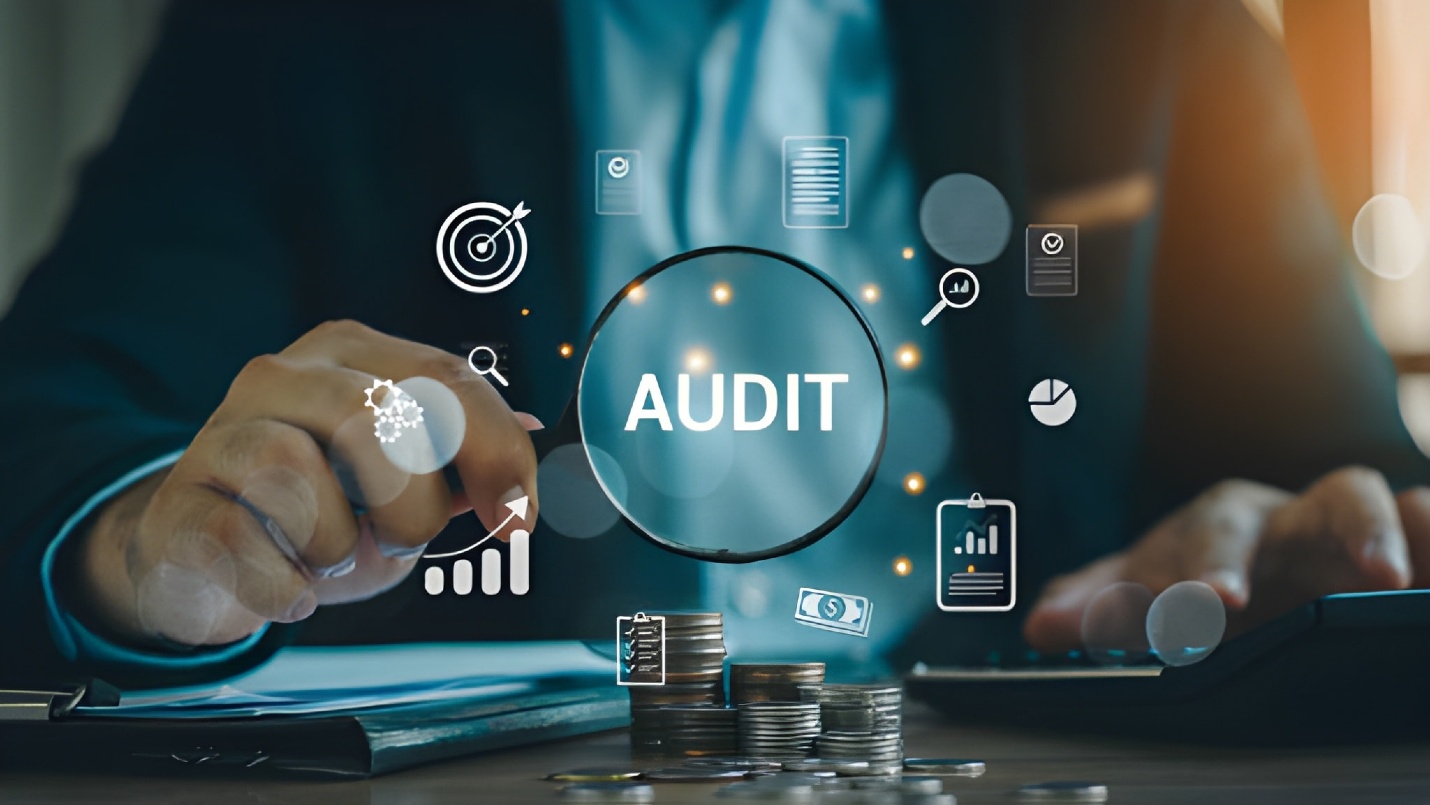
Protecting your business from ransomware and other cyber threats starts with understanding your IT systems. IT audit services are a reliable way to identify weak points before hackers exploit them. Regular audits provide a clear picture of your network, devices and processes, helping you take preventive measures effectively. Below are the key ways IT audit services help protect your business:
- Identify Vulnerabilities: IT audits detect weaknesses in networks, devices and software that could be exploited by hackers.
- Prevent Data Loss: By addressing gaps proactively, audits reduce the risk of ransomware attacks and help prevent data breaches in business systems.
- Strengthen Security Measures: Regular IT audits ensure security protocols are up to date and working as intended.
- Ensure Compliance: IT audits help your business follow industry regulations and avoid potential penalties.
- Peace of Mind: Knowing your systems have been checked thoroughly allows you to focus on business growth without worrying about cyber threats.
For effective IT audit services and reliable protection against ransomware attacks, I recommend you choose TECHOM Systems to safeguard your business and secure your data.
Did You Know:
Regular IT audits are a powerful way to protect your business from ransomware attacks and other cyber threats. Here are some key benefits:
- Lower Risk of Attacks: Businesses with regular IT audits are 60 percent less likely to face ransomware attacks.
- Detect Weaknesses: IT audits identify vulnerabilities in networks, endpoints and employee practices before hackers can exploit them.
- Improve Security and Compliance: Companies strengthen data security and meet regulatory requirements through IT audits.
By conducting regular IT audits, your business gains measurable protection, reduces risks and ensures systems are secure and reliable.
Steps To Safeguard Your System From Malware
Protecting your business from malware, including ransomware, is crucial for keeping data safe and operations running smoothly. Malware can disrupt your systems, lock files or even expose sensitive information. Following structured steps helps reduce risks, strengthen your IT systems and maintain business continuity.
Step 1: Conduct Regular IT Audits
Regular IT audits help uncover weaknesses in networks, devices and employee practices. Using an IT audit to prevent device hacking ensures vulnerabilities are identified and addressed before hackers can exploit them. Audits also help businesses stay compliant with industry regulations and best practices.
Step 2: Keep Software Updated
Software updates are not just about new features; they fix security flaws that malware can exploit. Ensure your operating system, antivirus software and applications are updated regularly. Timely updates create a strong defense against ransomware and other malicious programs.
Step 3: Train Employees
Human error is one of the biggest causes of malware attacks. Train employees to recognize phishing emails, avoid unsafe downloads and report suspicious activity. Awareness and vigilance across your team can prevent many attacks before they happen.
Step 4: Implement Strong Access Controls
Secure your system with strong passwords, multi factor authentication and strict access limits to sensitive data. By controlling who can access your network and files, you reduce the risk of unauthorized access that could lead to ransomware attacks.
Step 5: Backup Data Regularly
Regular backups are essential for disaster recovery. Store copies of critical files securely, either offline or in a cloud service. If malware locks your files, you can restore your data without paying a ransom, ensuring business continuity.
Step 6: Monitor Your Network
Use network monitoring tools to track unusual activity, failed login attempts or unauthorized access. Real time monitoring allows your team to respond quickly, stop attacks before they escalate and maintain system integrity.
Step 7: Use Reliable Security Solutions
Invest in reputable antivirus and anti malware software to protect endpoints and servers. Security solutions can detect, quarantine and remove threats before they cause damage. Pair this with firewalls and intrusion detection for extra protection.
Step 8: Plan for Incident Response
Even with precautions, attacks may happen. Create an incident response plan that outlines how to handle malware infections, including notification procedures, recovery steps and communication with stakeholders. Being prepared minimizes disruption and damage.
Take Action Now to Protect Your Business
This is just an overview of the steps. Many businesses face ransomware attacks, data loss and operational disruptions because their systems are not properly secured. To prevent these risks and protect your business, I recommend you book a free consultation with TECHOM Systems and get a tailored solution for your system.
What To Do After A Ransomware Attack?
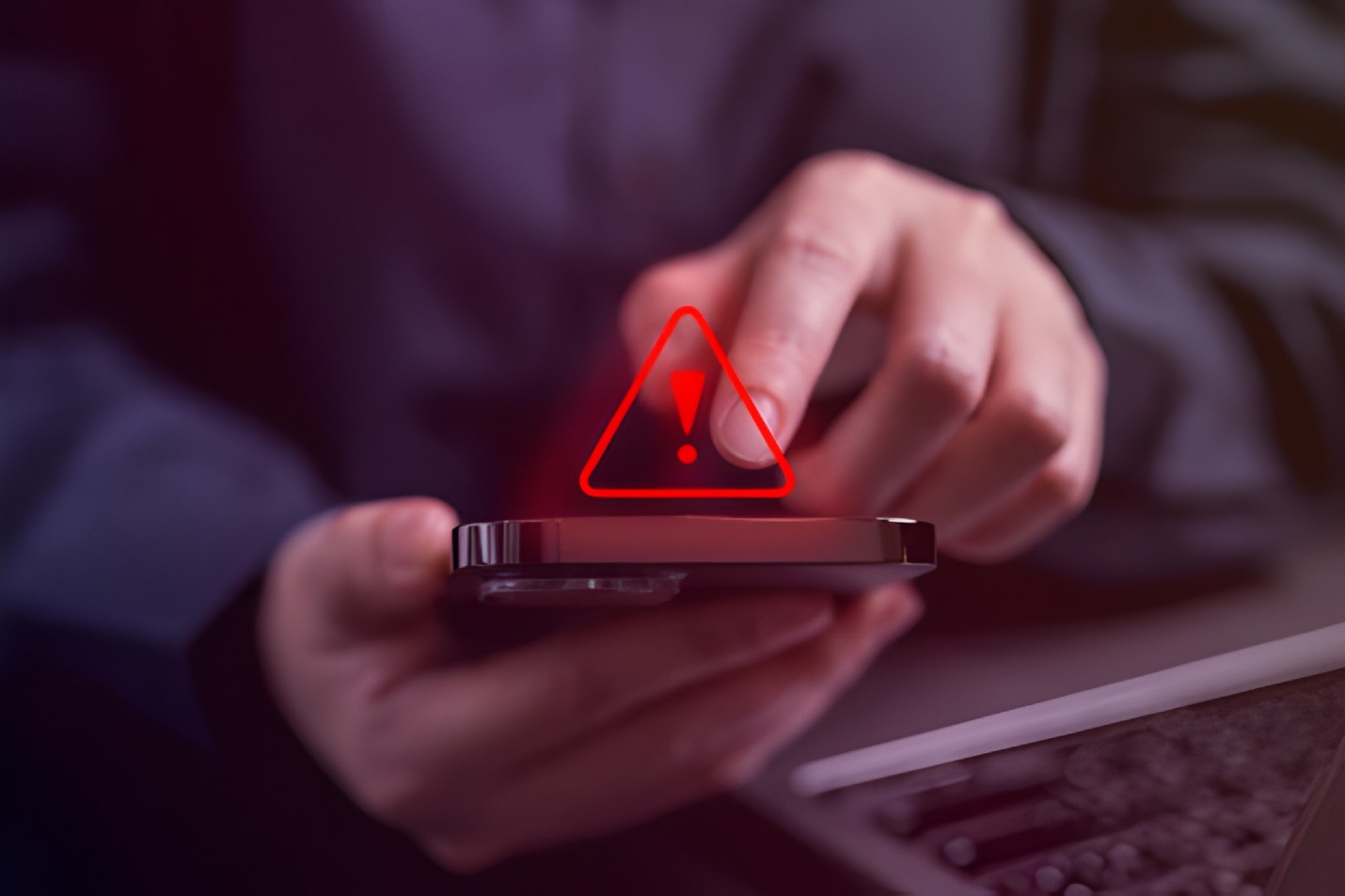
Even with strong security measures, ransomware attacks can still happen. Having a clear plan for immediate action is essential to limit damage, recover safely and protect your business from future attacks. Organizations should define emergency response steps and ensure all employees know what to do if an attack occurs. Here are the most important steps to take after a ransomware attack:
- Do not pay the ransom: Paying hackers does not guarantee access to your data and encourages criminal activity. Data may still become corrupted, resulting in permanent loss. Instead, rely on backups and available decryption tools for certain ransomware types.
- Isolate infected systems: Immediately disconnect affected devices from the network, Wi Fi and Bluetooth. Isolation helps prevent the malware from spreading to other devices.
- Identify the source: Determine how the ransomware entered your system. Understanding the entry point helps strengthen your security practices and employee awareness.
- Report the attack to authorities: Inform law enforcement for investigation. Authorities may have access to advanced recovery tools and resources that can aid in data recovery and identifying attackers.
- Restore from backups: Use your secure backup systems to recover files safely without paying a ransom. Regular backups are your most reliable defense against data loss.
- Conduct a post attack IT audit: Assess vulnerabilities in your systems, update security measures and improve employee training to prevent future attacks.
Recovering from a ransomware attack requires quick action, careful planning and the right expertise. Following these steps can help minimize damage and protect your business from future threats.
What Should I Do Now?
After learning about ransomware attacks and how they can impact your business, the next step is taking immediate action to protect your systems. Proactive measures today can prevent future disruptions, secure sensitive data and reduce the risk of ransomware attacks. Here are some actionable steps you can take right now:
- Schedule an IT audit: Identify weak spots in your IT systems and address vulnerabilities before hackers can exploit them.
- Update all software and security patches: Ensure your operating systems, antivirus software and applications are up to date for maximum protection.
- Backup critical business data regularly: Maintain secure backups to restore files safely in case of a ransomware attack.
- Train employees: Educate your team on recognizing phishing attempts, suspicious links and unsafe downloads to prevent human errors.
- Seek professional support: If you need expert guidance, reach out to hello@techomsystems.com.au for tailored solutions.
Taking these steps now helps your business stay secure, maintain smooth operations and minimize the impact of ransomware attacks.
Choose TECHOM Systems For IT Audit Consulting Services
Protecting your business from cyber threats and ensuring smooth operations starts with a thorough IT audit. Choosing the right IT audit consulting services can help identify vulnerabilities, strengthen your IT systems and maintain compliance with industry standards. TECHOM Systems offers expert guidance to help businesses stay secure and prepared. Here are the key benefits of choosing TECHOM Systems for IT audit consulting services:
- Identify Vulnerabilities: TECHOM Systems conducts detailed audits to help you identify and find weak spots in IT systems, devices and processes before hackers have a chance to exploit them.
- Improve Security Measures: By assessing your IT systems, the team recommends actionable steps to enhance your overall security posture.
- Ensure Compliance: IT audits help businesses stay compliant with industry regulations and avoid penalties.
- Reduce Business Risks: Proactive audits minimize the risk of ransomware attacks, data breaches and other cyber threats.
- Tailored Solutions: TECHOM Systems provides customized recommendations based on the unique needs and structure of your business.
Choosing TECHOM Systems for IT audit consulting services ensures your business systems are secure, reliable and resilient against cyber threats.
Free Tips For You: Effective Ways To Reduce IT Cost For Businesses
Frequently Asked Questions
#1: What Is The Best Way To Protect Against Ransomware Attacks?
Ans: The best way to protect against ransomware attacks is by performing regular IT audits, keeping software updated, training employees, maintaining secure backups and using reliable antivirus tools. TECHOM Systems can help implement these measures.
#2: What Is The 3 2 1 Rule Of Ransomware Defense?
Ans: The 3 2 1 rule means keeping three copies of data, storing them on two different media types and keeping one copy offsite. This ensures safe recovery even if ransomware encrypts your primary files.
#3: Does VPN Protect Against Ransomware?
Ans: A VPN secures your internet connection and encrypts data but does not fully protect against ransomware. Additional security measures like IT audits, antivirus software and backups are required for complete protection.
#4: What Are The Two Main Defenses Against Ransomware?
Ans: The two main defenses against ransomware are regular backups and strong cybersecurity practices including IT audits, software updates, employee training and endpoint protection to prevent infections and reduce damage.
Final Thoughts
In this blog, I have discussed what ransomware attacks are, how they can affect your business and the key steps to prevent and respond to them. You learned the importance of regular IT audits, keeping software updated, training employees, implementing strong access controls, maintaining backups and monitoring your network.
By following these practices, you can protect your business from ransomware, minimize risks and ensure your data and systems remain secure. Facing challenges with securing your systems or unsure how to protect your business from ransomware? Contact TECHOM Systems today for expert guidance and a tailored security plan.
Did you find this blog helpful? Please share your experience or questions in the comment section below. We would love to hear from you.

Technical Specialist with 3+ years of experience in implementing IT infrastructure, AI-driven automation and supporting digital innovation. His work focuses on helping businesses adopt reliable, future ready technologies that improve performance and protect critical data. He brings a practical, solution-focused approach to every IT challenge.

